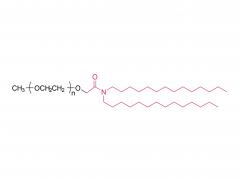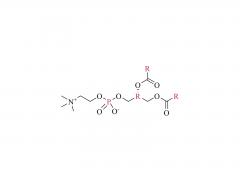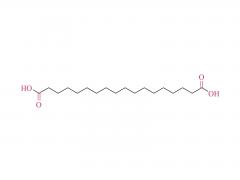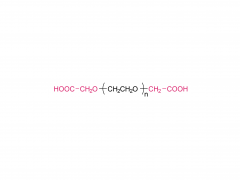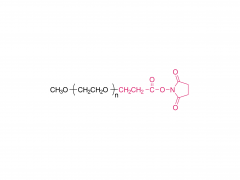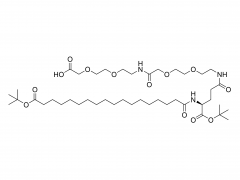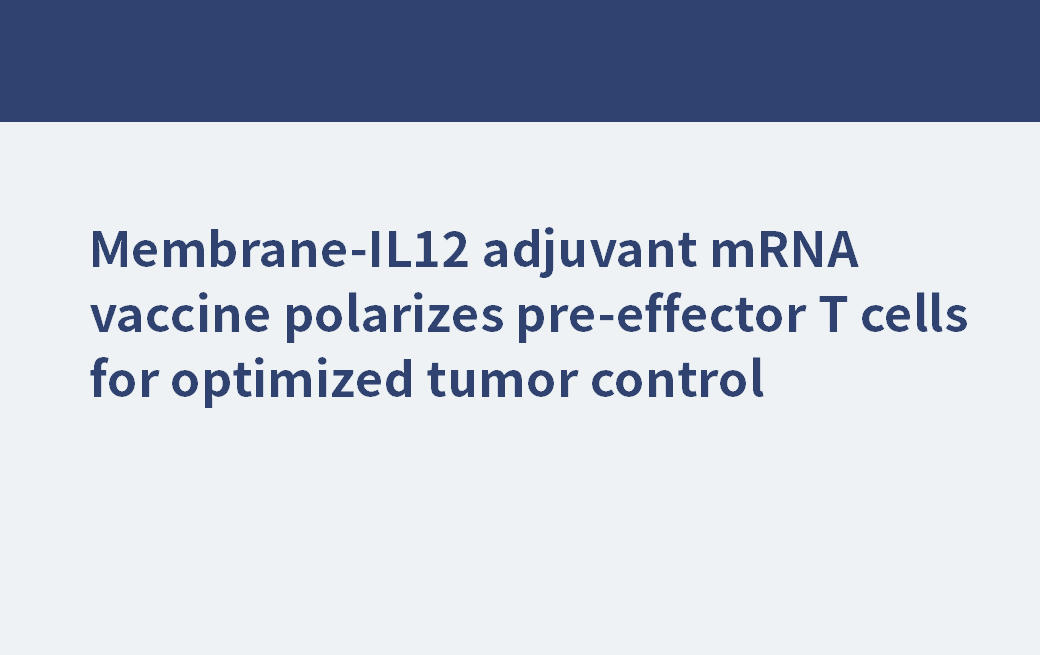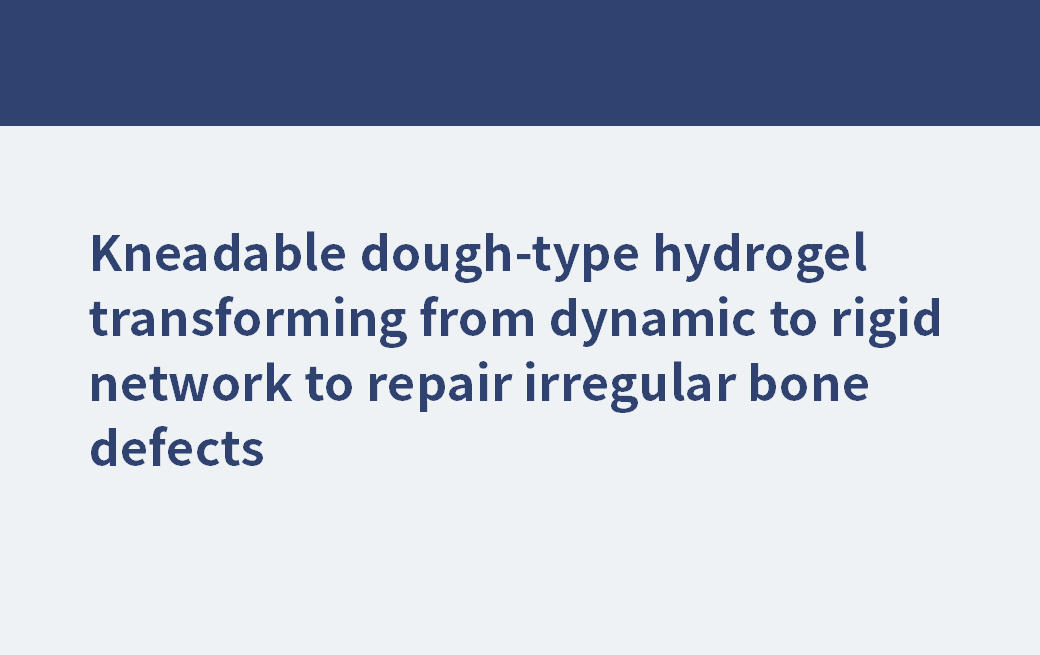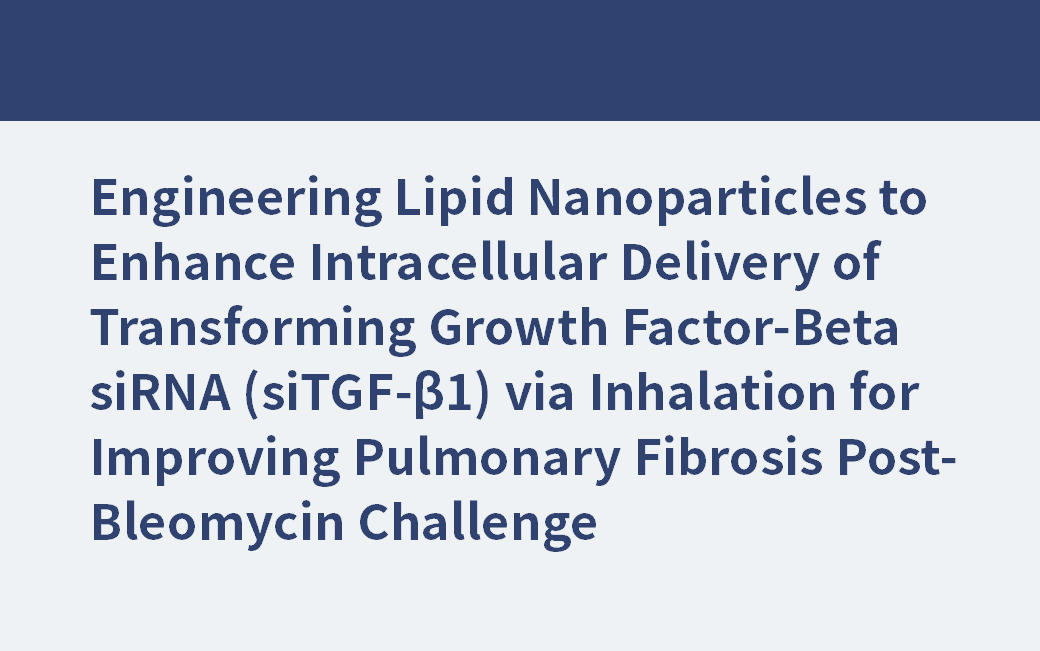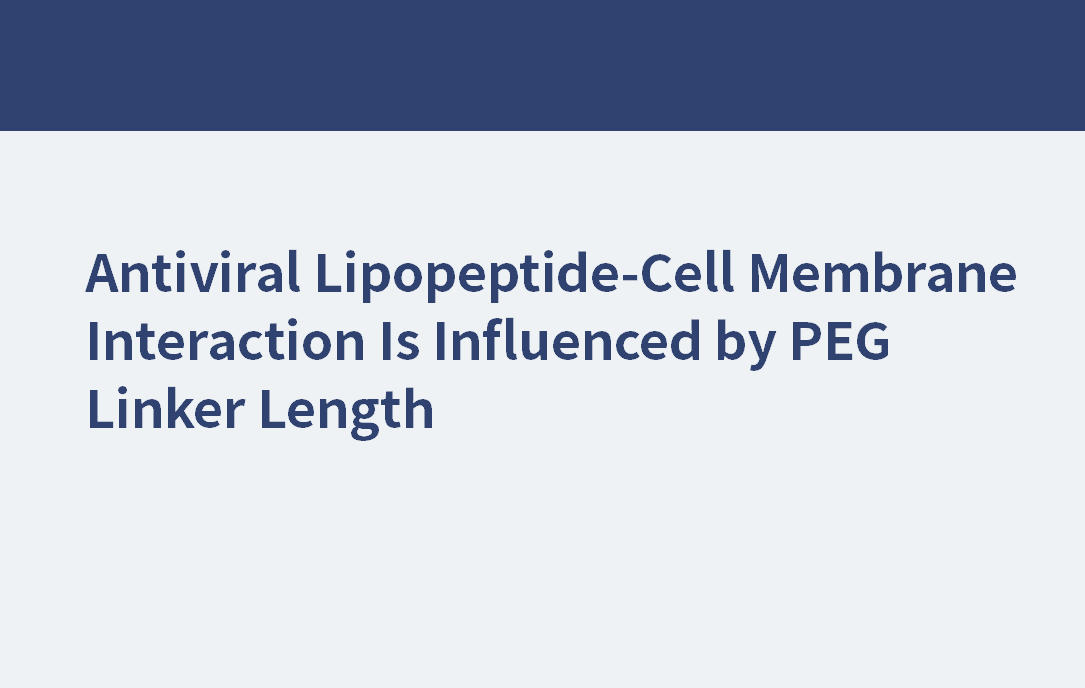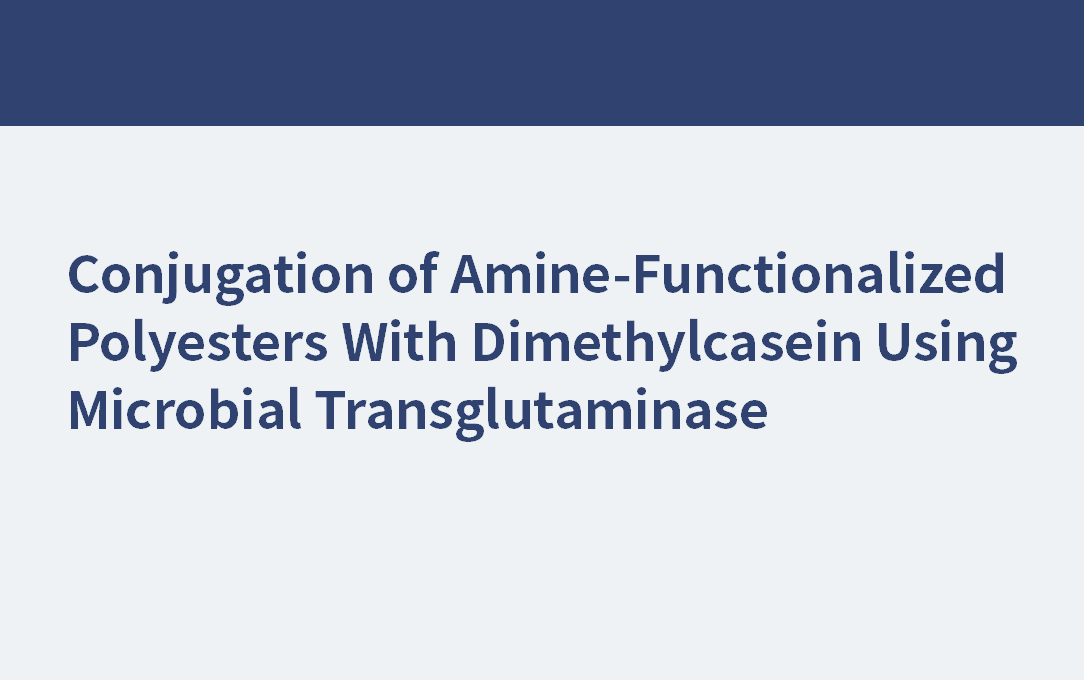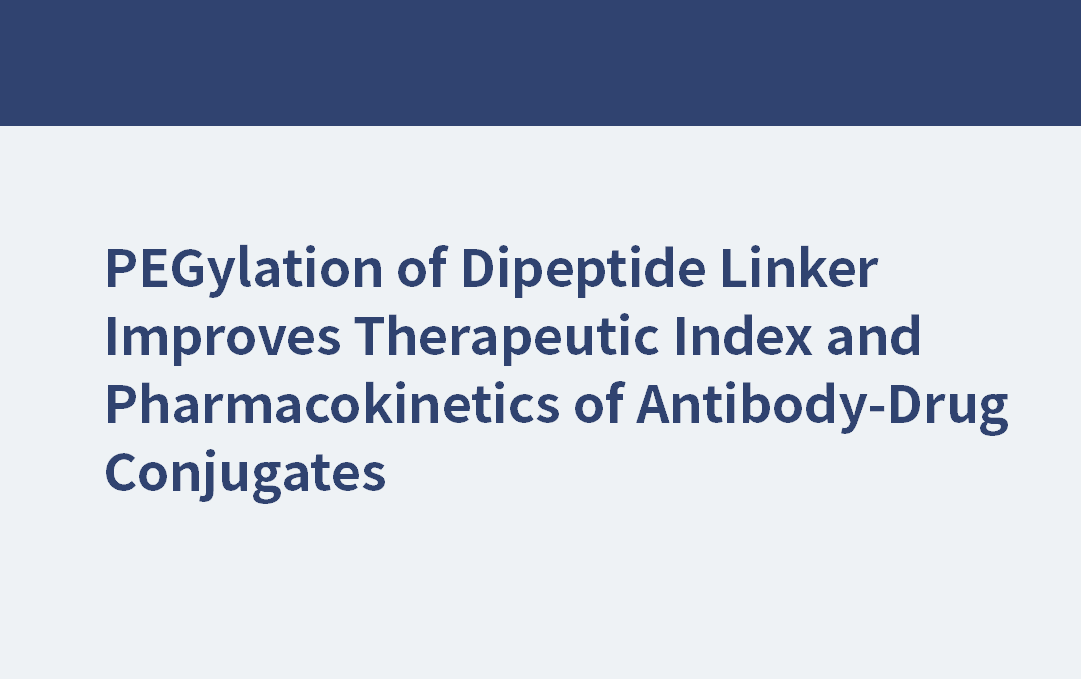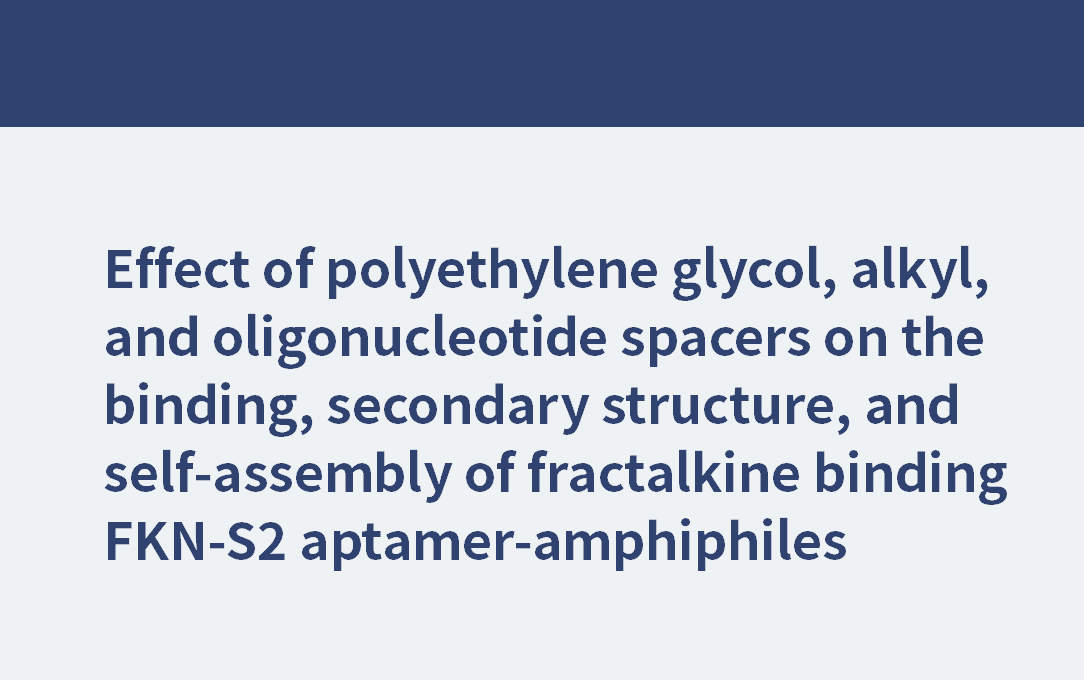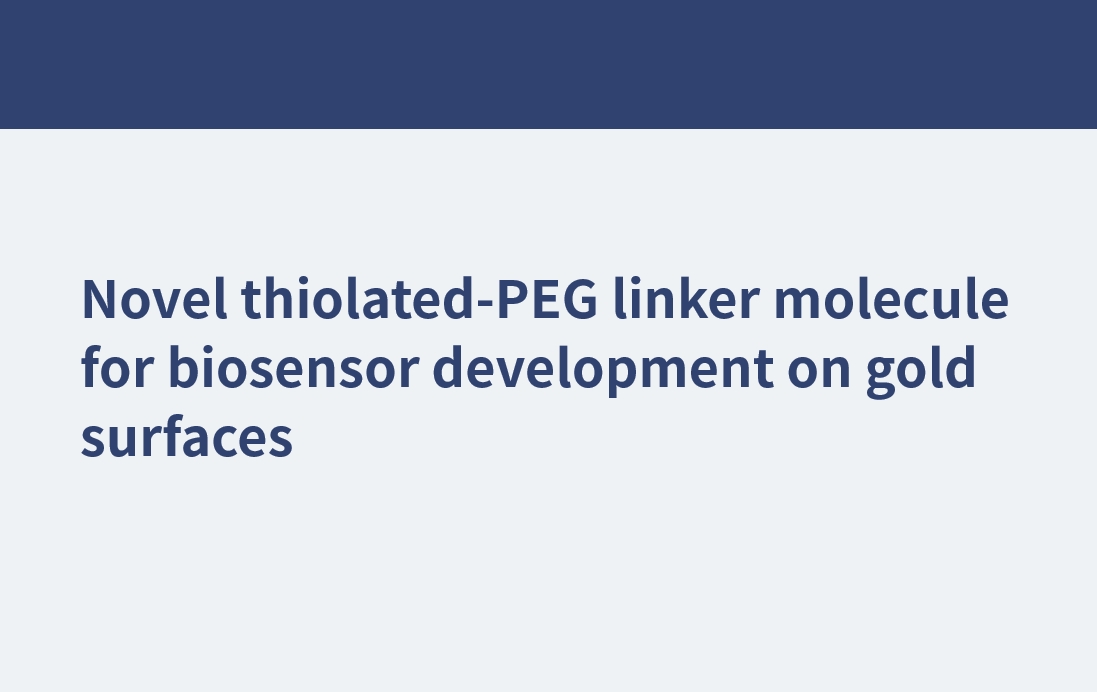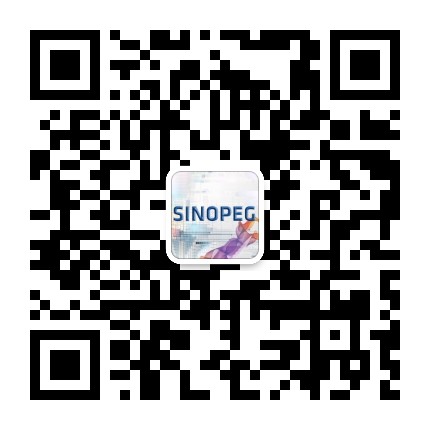J Exp Med. 2025 Sep 1;222(9):e20241454. doi: 10.1084/jem.20241454. Epub 2025 Jun 6. Membrane-IL12 adjuvant mRNA vaccine polarizes pre-effector T cells for optimized tumor control Abstract Conventional mRNA cancer vaccines can expand the quantity of tumor-specific CD8 T cells, but their effector function might be compromised. Specific cytokine signaling may enhance T cell differentiation for better tumor killing. We screened various cytokines and identified IL-12 as a potent adjuvant for mRNA vaccines, though with significant systemic toxicity. To balance efficacy and toxicity, we developed a membrane-tethered IL-12 (mtIL12) adjuvant mRNA vaccine. This design restricts mtIL12 expression to the surface of antigen-presenting cells, thereby selectively activating antigen-specific T cells without affecting bystander T or NK cells. mtIL12 adjuvant mRNA vaccination induced a unique pre-effector T cell subset that gives rise to highly responsive effector T cells, resulting in superior anti-tumor activity. Moreover, this approach overcame immune checkpoint therapy resistance and prevented cancer metastasis. Our study highlights that next-generation mRNA vaccines encoding membrane-tethered cytokine adjuvants can generate potent effector T cells, offering effective tumor control with reduced toxicity. Product: Wholesale Best Excipient For DNA/RNA Delivery,professional Excipient For DNA/RNA Delivery Suppliers
View More







